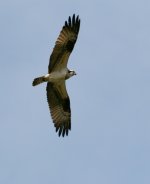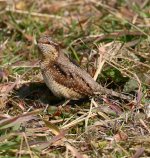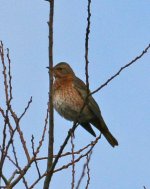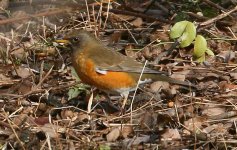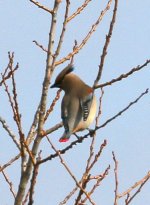Trystan
Well-known member
Another slant on this and a question the OP could have asked would be
'Which countries should I prioritise visiting in order to build up my world bird list'
I'm assuming it wasn't just a rhetorical question the OP was asking initially. If starting from a low starting point I still don't think you could go about this purely as a numbers game. For example you'd scrap Europe altogether - 1 or 2 African countries in 3 weeks would get you the same number of species or so. But that doesn't wholly make sense.
As has been said, there is more to birding than just numbers on a list. It has been traditional to hit a cheap tropical country like the Gambia, or even Goa (India) to start off tropical birding - going for eg an intense S American/Amazonian trip with no prior experience could be rather overwhelming, and also for many somewhat unsatisfying - the vast majority of ticks would be either pointed out to you by a guide, or instantly forgotten amongst all the others.
For the average birder starting an intense world listing exercise - hmmm, there has to be some value in building up experiences, knowledge and ticks.
But it's all an interesting discussion!
This is very true. I've only been to south America once on a none birding trip and still picked up nearly 200 species but 7 years down the line I only have good memories of 30 or so of them. You need to spend time in an area to build experience and familiarity.










